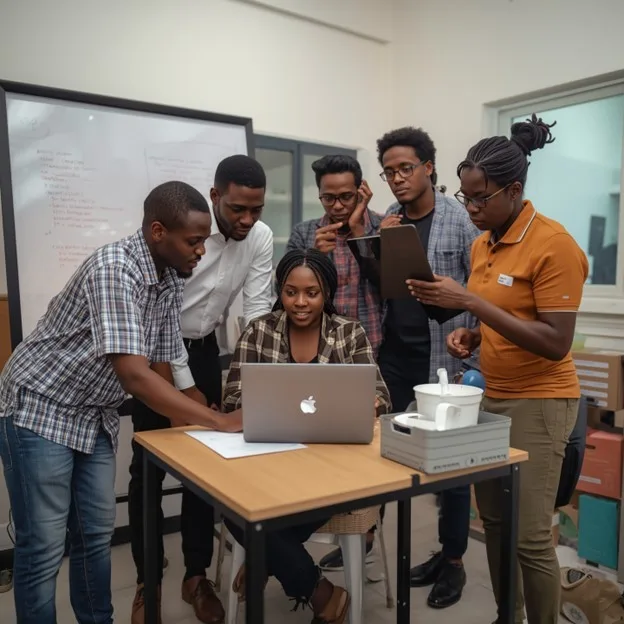Written by Bornavita N. - Cybersecurity Analyst at Spurt!
When most people think of cybersecurity, they picture a movie scene: a solitary figure in a dark room, furiously typing code to stop a hacker in real time. It’s a compelling image, but after two years working in this field, I can tell you the reality is far different. While an adversary is a constant threat, the day-to-day work is less about flashy code and more about a meticulous and often "boring" combination of strategy, planning, and human collaboration.
The real work of building a robust cybersecurity program is not about a single action that makes you secure. It’s a continuous effort rooted in strong foundations. I’ve come to value the quiet, meticulous work that goes into building a resilient security program - especially within small businesses that often feel excluded from the conversation.
The Foundation Is Everything
Before you can even begin to think about defending against attacks, you must understand the environment you’re trying to secure. This starts with foundational analysis. I've learned that you must first observe the organisational architecture to see where the strengths and weaknesses lie. Whether you are on-premises or in the cloud, you need to identify the critical resources that require protection.
This is where the principles of risk management come in. You can never be 100% secure, so a cybersecurity program must be risk-aware. Instead of trying to protect everything at once, we start with the areas of highest impact - the risks that are too large to bear - and build from there.
And you can’t build a program on thought alone. The work is documented, which is the backbone of any governance, risk, and compliance (GRC) framework
People, Not Just Technology, Are Your First Line of Defence

No matter how many tools you put in place, your people are your most critical defence. A single mistake from a user can bypass even the most sophisticated controls. That's why user awareness and training are so vital. It’s not a one-time thing; it’s an ongoing process of educating the entire team and customising training to fit different job roles.
This includes developer training, which is a crucial aspect for product companies. By embedding security into the minds of developers as they write code, we can collaborate more effectively and ensure we're building a security-first product from the ground up. This concept, known as Security by Design, means we start with security in mind during the ideation stage itself. By conducting threat modelling sessions early on, we build a foundation that is sustainable and can accommodate future updates.
The Lifecycle of a Cybersecurity Program
Once the foundation is set, the work continues as a cycle of proactive management and reactive preparedness.
1. Vulnerability Management: A security program requires constant monitoring to ensure that gaps are patched and that no vulnerabilities are left open for an adversary to exploit. Regular scans and frequent threat hunting are essential to keeping the environment secure.
2. Compliance: An effective strategy must be built on an awareness of legal frameworks, standards, and regulations from day one. This will guide your entire implementation. For example, if you're in the banking sector, PCI DSS – Payment Card Industry Data Security Standard is mandatory; if you operate in Nigeria, you must adhere to the NDPR – Nigerian Data Protection Regulation. This guides the entire implementation of controls.
3. Data Governance: This includes the privacy, minimisation, retention, and protection of data. Understanding the jurisdiction of data is also critical, especially for a small business that may be operating across borders.
4. Incident Management: No matter how secure you are, incidents will happen. A cybersecurity program must have clear procedures in place to monitor, detect, and respond to threats in a coordinated way. After an incident, you must have a plan to implement lessons learned to strengthen your defences.
5. Audits: Finally, audits ensure that policies and procedures are being followed. Now, AI and automation are helping to embed policies directly into workflows, ensuring compliance and security checks are completed automatically.
The True Face of Cybersecurity
A comprehensive cybersecurity program requires much more than a movie-style fight against a hacker. It’s about building a resilient architecture, documenting everything, managing risk, and staying ahead of vulnerabilities through constant monitoring.
Over time, I’ve come to appreciate that the most impactful work isn’t always glamorous. It’s the quiet, strategic groundwork that gives a company the confidence to grow securely. That’s where the real value lies.



